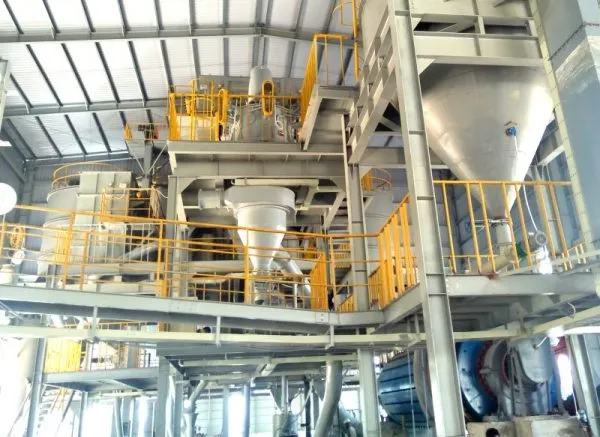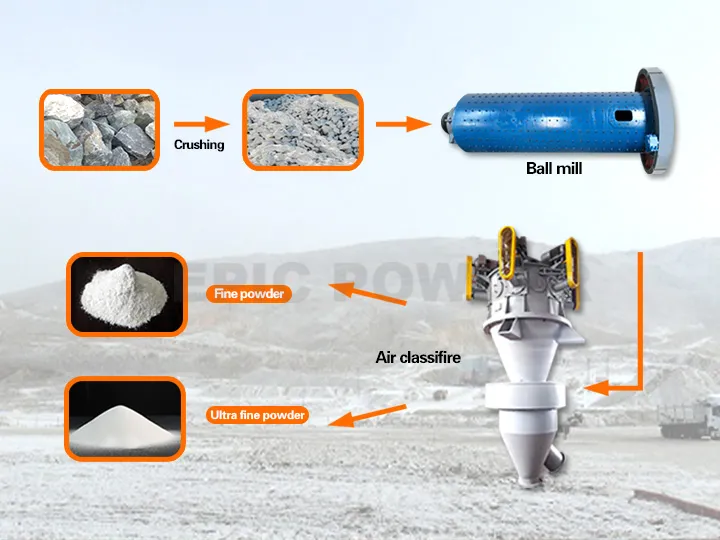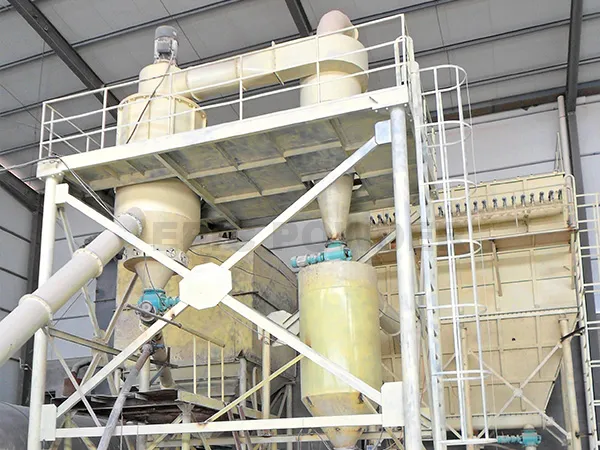Impurity elements have a significant impact on the quality of high-purity quartz products, and the content of alkali metals, transition metals, Al and B elements is a key indicator of high-purity quartz raw materials. The requirements for the content of impurity elements vary depending on the purpose of the prepared quartz glass, but the overall trend is that the lower the better.

Alkali metal element
The alkali metal elements in quartz sand mainly include lithium (Li), sodium (Na), and potassium (K) elements. These elements are easily diffused and chemically active in quartz, making them relatively easy to remove. However, they pose great harm. At high temperatures, these elements act as fluxes, causing poor phenomena such as loss of transparency and high-temperature deformation in high-temperature glass. They catalyze crystallization, affect the thermal stability of quartz products, and also affect the optical and thermal properties of quartz glass, reducing the lifespan of semiconductors, The dielectric coefficient and dielectric loss of quartz glass will increase, while the propagation speed and mechanical strength of light in quartz products will decrease.
Reducing the content of alkali metal elements is beneficial for improving the softening point of high-purity quartz crucibles, enhancing their deformation resistance, and improving the yield of single crystals. IOTA standard sand requires a total of 2.4 alkali metal elements × 10-6, the total required high-purity quartz for semiconductor crucibles used for process tubes, silicon wafer processing, quartz blocks, and monocrystalline silicon extraction is 1.4 × 10-6, CZ crucibles require a total of 0.5 × 10-6, and the total required for ultra-high purity quartz sand used for 12 inch or larger silicon wafers is 0.08 × 10-6.
Transition metal elements
The transition metal elements doped in quartz sand mainly include iron (Fe), zinc (Zn), copper (Cu), chromium (Cr), manganese (Mn), nickel (Ni), and other elements. These elements have a significant impact on quartz products, and trace elements can dissolve into silicon melt to prevent conductivity, which hurts the predictability and reliability of the instrument. The objective impact on quartz products is to produce color spots or cause high-temperature discoloration, reducing light transmittance.
In fiber optic applications, it can cause micro unevenness, increase fiber loss, and even lead to signal distortion. However, in semiconductor applications, the small content of transition metal elements in the product can promote crystal growth.
Boron aluminum element
The content of boron element (B) in quartz sand is directly related to the geology of quartz ore. B ions can enter the framework of silicate molecules and generate strong chemical bonds, rather than only in boron-containing minerals. The excessive amount of B element has a fatal impact on the drawing of monocrystalline silicon, and a 1×10-6 B element can significantly reduce the resistance of monocrystalline silicon. High-purity quartz crucibles require high requirements for B, with an element content of less than 0.04 × 10-6.
Aluminum element (Al) mainly exists in impurity minerals such as feldspar, clay, and mica in quartz sand. It is the most abundant impurity element in quartz sand, and Al can enter the Si-O tetrahedral framework to replace silicon, forming an Al-O structure. After Al3+ replaces Si4+, alkali metal elements or even transition metal elements are selected to compensate for the charge to balance the charge. The Al entering the Si-O skeleton will not be easily removed. Al has little effect on semiconductors, but it has a significant impact on quartz glass used for electric light sources. Because AI can color quartz products under certain conditions, it affects the spectral transmittance and thus affects the light efficiency. IOTA standard sand requires Al element content (12-18) × 10-6.
Non-metallic elements
The non-metallic elements in quartz sand are mainly composed of oxygen (O), hydrogen (H), nitrogen (N), and other elements. The main body of oxygen is SiO2, while others exist in the form of H2O, N2, and O2. The fracture of Si-O bonds in SiO2 will result in defects that combine with OH or H to form SiH or SiOH groups. Hydroxyl groups are both impurity defects and network structural defects.
Hydroxyl groups have a significant impact on the properties of quartz and quartz glass. Firstly, the presence of hydroxyl groups reduces the chemical stability of quartz. Secondly, hydroxyl groups increase the porosity of quartz structure, reduce density, decrease binding force, and reduce the propagation speed of sound in quartz glass. Hydroxyl groups can also reduce the viscosity of quartz, and the presence of hydroxyl groups at low temperatures can cause a more significant decrease in viscosity. In addition, hydroxyl groups also affect the purity of electronic products, reduce the softening temperature of quartz, promote crystal precipitation, reduce the refractive index of quartz, and affect the optical uniformity of quartz glass.

